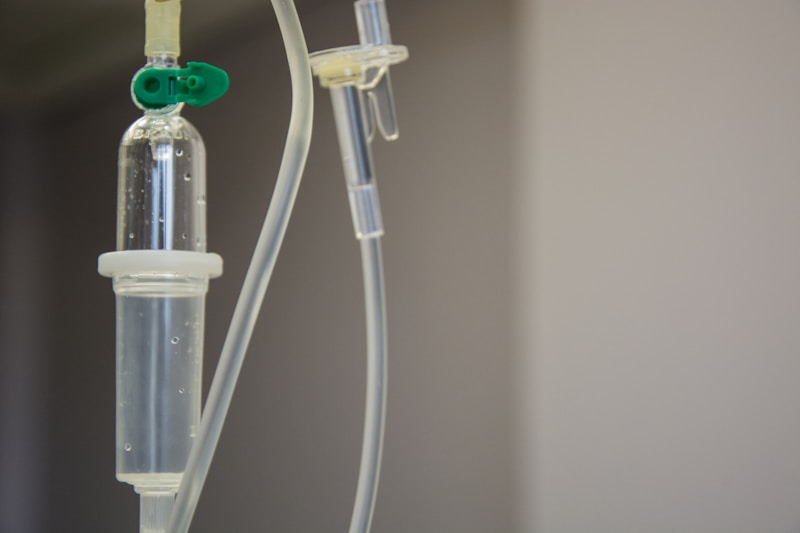19 Questions
What is the molecular reason for a genetic disease?
Mutation in the DNA of an essential gene
Which type of mutations almost always results in single gene disorders?
Mutations at the structural genes
What is the result of mutations at the control genes?
Single nucleotide change
How many effects of disease causing mutations on protein function are mentioned in the text?
2 - Gain of function
What is the most common type of mutation in cystic fibrosis?
Mutation causing defect in protein production
Which type of mutation accounts for approximately 70% of cystic fibrosis alleles?
Defective protein processing mutation
Which enzyme defect leads to an increase in the blood level of phenylalanine?
Phenylalanine hydroxylase gene mutation
What type of mutation results in defective conduction due to alteration of Cl¯ channel?
Mutation at regulatory domain
What can cause genetic diseases?
Mutations in protein coding genes
Which mutation is associated with sickle cell disease?
Glu6Val in the beta chain of hemoglobin
What are the properties that mutant proteins can acquire?
Novel properties through various mechanisms
Which type of disorders are caused by mutations in protein coding genes?
Single gene disorders
What type of diseases are associated with the CFTR gene mutations?
Lung, pancreas, and sweat gland dysfunction
What is the primary function of the CFTR protein?
Regulated Cl- channel located in the apical membrane of epithelial cells
What is the consequence of a single amino acid change in sickle cell disease?
Aggregation and formation of fibers when deoxygenated
What causes imbalance in globin synthesis and precipitation of excess alpha chains?
Thalassemia caused by single base pair mutations in the beta globin gene
Which proteins are associated with monogenic diseases?
Interorgan hemoglobin, copper transport proteins, epithelial membrane transport proteins
In achondroplasia, what mutation alters the biochemical phenotype by increasing the function of a protein?
Fibroblast growth factor mutation
How does sickle cell disease differ from its effect on oxygen transport ability?
It causes hemoglobin to aggregate and form fibers when deoxygenated.
Study Notes
- Mutant proteins can acquire novel properties through various mechanisms.
- One such mechanism is the expression of a gene at the wrong time or place.
- Examples of genes expressed incorrectly include α thalassemias caused by deletions of α globin genes and oncogenes that cause cancer when not normally expressed.
- Some mutations can alter the biochemical phenotype by increasing the function of a protein, such as in Trisomy 21 or the fibroblast growth factor mutation in achondroplasia.
- In sickle cell disease, a single amino acid change (Glu6Val) in the β chain of hemoglobin does not affect its oxygen transport ability but causes the hemoglobin to aggregate and form fibers when deoxygenated.
- Genetic diseases can be caused by mutations in protein coding genes, leading to defective protein production. These are examples of single gene disorders.
- Some proteins associated with monogenic diseases include those involved in transport and storage, such as interorgan hemoglobin (thalassemias), copper transport proteins (Menkes syndrome), and epithelial membrane transport proteins (cystic fibrosis).
- Thalassemia is a condition where hemoglobin production is decreased, leading to an imbalance in globin synthesis and precipitation of excess α chains, damaging red blood cell membranes. It is caused by single base pair mutations in the β globin gene.
- The CFTR gene, responsible for cystic fibrosis, encodes a regulated Cl¯ channel located in the apical membrane of epithelial cells. Mutations in this gene result in various phenotypes, including lung, pancreas, and sweat gland dysfunction, chronic obstructive lung disease, and infertility in males. The CFTR protein has five domains: membrane-spanning domains, nucleotide binding domains, and a regulatory domain. The pore of the Cl channel is formed by the 12 transmembrane segments, and ATP is bound and hydrolyzed by the NBDs to facilitate ion transport. Regulation of the channel is mediated by phosphorylation of the R domain.
Test your knowledge of the molecular and biochemical basis of genetic disorders with this quiz. Explore how mutations in essential genes can lead to alterations in gene products, mRNA, and proteins, resulting in genetic diseases. Delve into the principles of molecular disease and the study of phenotype at the protein, biochemistry, and metabolism levels.
Make Your Own Quizzes and Flashcards
Convert your notes into interactive study material.
Get started for free

